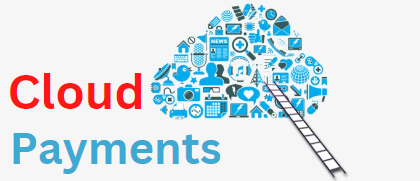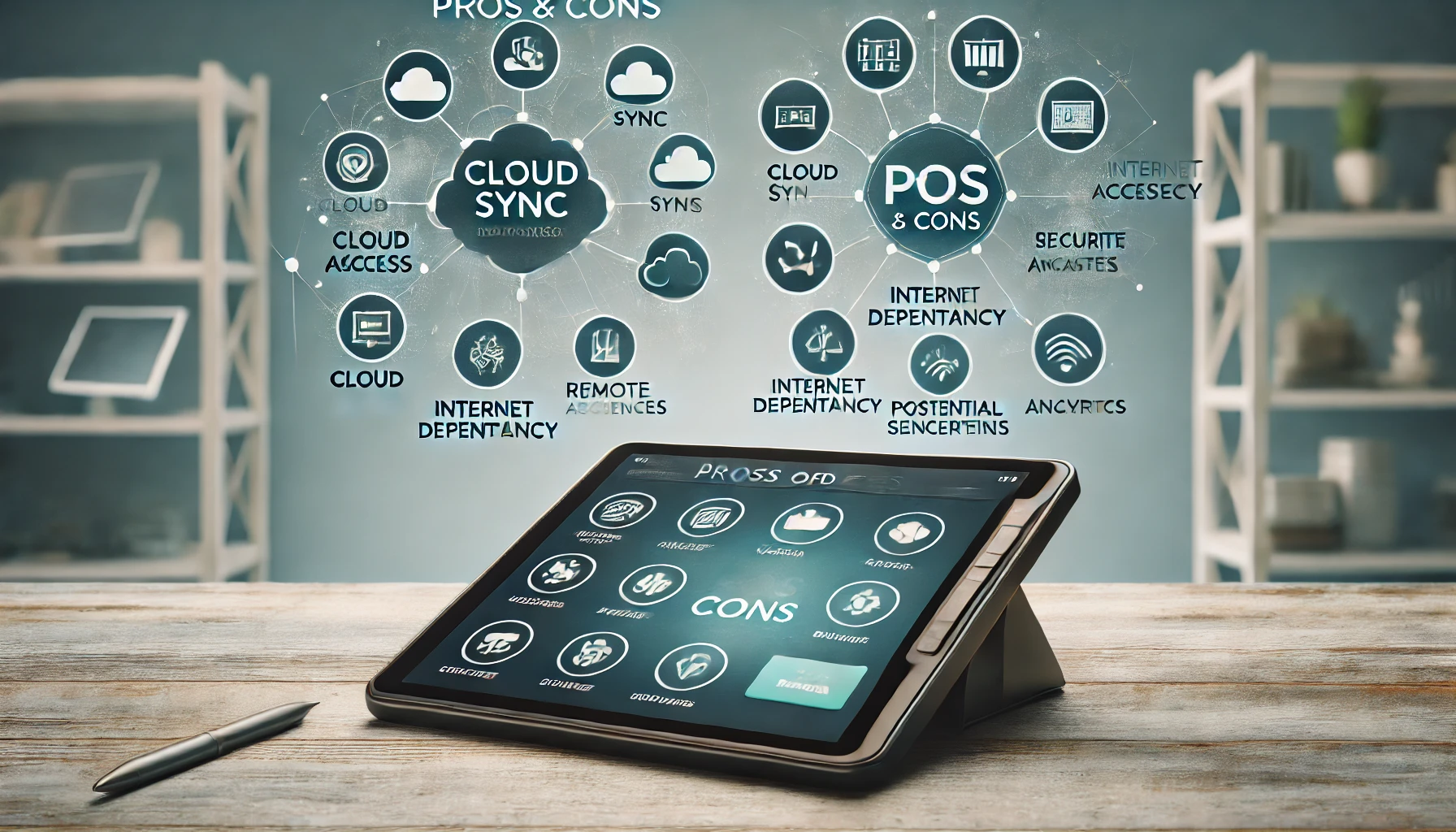Implementing Subscription Billing Models with Cloud Payments
Businesses are constantly seeking innovative ways to monetize their products and services. One such model that has gained significant popularity is the subscription billing model. This model allows businesses to offer their products or services on a recurring basis, providing a steady stream of revenue and fostering customer loyalty. In this comprehensive guide, we will explore the concept of subscription billing models and how they can be implemented effectively with cloud payments.
What is a Subscription Billing Model?
A subscription billing model is a business model where customers pay a recurring fee at regular intervals, typically monthly or annually, to access a product or service. This model is commonly used by software-as-a-service (SaaS) companies, media streaming platforms, and subscription box services. By offering a subscription-based pricing structure, businesses can provide their customers with continuous access to their offerings while ensuring a predictable revenue stream.
Benefits of Subscription Billing Models
Subscription billing models offer several benefits for both businesses and customers. For businesses, these models provide a predictable and recurring revenue stream, allowing for better financial planning and stability. Additionally, subscription models foster customer loyalty and retention, as customers are more likely to continue using a product or service they have already invested in.
From a customer perspective, subscription billing models offer convenience and flexibility. Instead of making a large upfront payment, customers can spread the cost of a product or service over time, making it more affordable. Furthermore, subscription models often come with additional perks such as exclusive content, discounts, or early access, enhancing the overall customer experience.
What are Cloud Payments?

Cloud payments, also known as cloud-based payment processing, refer to the use of cloud computing technology to handle payment transactions. Instead of relying on traditional on-premises payment systems, businesses can leverage the power of the cloud to securely process payments, store customer data, and manage recurring billing.
Cloud payments offer a range of benefits for businesses, including scalability, flexibility, and cost-effectiveness. With cloud-based payment processing, businesses can easily scale their operations to accommodate growing transaction volumes without the need for significant infrastructure investments. Additionally, cloud payments provide businesses with the flexibility to accept various payment methods, including credit cards, digital wallets, and mobile payments, catering to the diverse preferences of their customers.
Advantages of Cloud Payments for Subscription Billing

When it comes to implementing subscription billing models, cloud payments offer several advantages. Firstly, cloud-based payment systems provide businesses with the ability to automate recurring billing processes, reducing manual effort and minimizing the risk of errors. This automation ensures that customers are billed accurately and on time, enhancing customer satisfaction.
Furthermore, cloud payments enable businesses to easily manage subscription plans, pricing tiers, and customer accounts. With a cloud-based payment system, businesses can quickly modify subscription plans, add or remove features, and adjust pricing, providing them with the flexibility to adapt to changing market demands and customer preferences.
Step-by-Step Guide to Implementing Subscription Billing Models
Implementing subscription billing models with cloud payments requires careful planning and execution. Here is a step-by-step guide to help businesses navigate the implementation process:
- Define your subscription offerings: Start by clearly defining the different subscription plans and pricing tiers you want to offer. Consider factors such as features, usage limits, and pricing to cater to different customer segments.
- Choose a cloud payment provider: Research and select a reliable cloud payment provider that offers robust subscription billing capabilities. Look for features such as automated recurring billing, flexible pricing options, and integration with your existing systems.
- Integrate your systems: Ensure seamless integration between your cloud payment system and other business systems such as customer relationship management (CRM) and accounting software. This integration will enable efficient data synchronization and streamline billing processes.
- Set up customer onboarding: Develop a smooth onboarding process for new customers, including account creation, payment setup, and access to the subscribed product or service. Provide clear instructions and support to minimize friction and enhance the customer experience.
- Implement subscription management tools: Leverage subscription management tools provided by your cloud payment provider to monitor and manage customer subscriptions. These tools allow you to track subscription status, handle upgrades or downgrades, and handle cancellations or pauses.
- Ensure data security and compliance: Implement robust security measures to protect customer data and ensure compliance with data protection regulations. Encrypt sensitive information, regularly update security protocols, and conduct periodic security audits to maintain data integrity.
- Monitor and optimize performance: Continuously monitor key subscription metrics such as churn rate, customer lifetime value, and revenue growth. Analyze this data to identify areas for improvement and optimize your subscription billing strategy.
- Provide excellent customer support: Offer responsive and knowledgeable customer support to address any billing-related queries or issues. Promptly resolve customer concerns to maintain customer satisfaction and minimize churn.
- Regularly review and update your subscription offerings: Stay agile and adapt your subscription offerings based on customer feedback, market trends, and business goals. Regularly review pricing, features, and plans to ensure they remain competitive and aligned with customer expectations.
- Leverage analytics and reporting: Utilize the analytics and reporting capabilities of your cloud payment system to gain insights into customer behavior, subscription trends, and revenue performance. Use this data to make data-driven decisions and drive business growth.
Best Practices for Implementing Cloud Payments in Subscription Billing
To ensure a successful implementation of cloud payments in subscription billing, businesses should follow these best practices:
- Choose a reputable and secure cloud payment provider: Select a cloud payment provider with a proven track record in security and reliability. Look for certifications such as Payment Card Industry Data Security Standard (PCI DSS) compliance to ensure the protection of customer payment data.
- Optimize the checkout experience: Streamline the checkout process by minimizing the number of steps required for customers to complete a purchase. Implement features such as one-click payments and saved payment methods to enhance convenience and reduce cart abandonment.
- Offer flexible payment options: Provide customers with a variety of payment options to cater to their preferences. Accept major credit cards, digital wallets, and alternative payment methods to accommodate a wide range of customers.
- Implement dunning management: Dunning management refers to the process of handling failed payment attempts and reducing involuntary churn. Set up automated dunning processes to notify customers of failed payments, provide alternative payment methods, and retry failed transactions.
- Leverage customer segmentation: Segment your customer base based on factors such as usage patterns, demographics, or subscription plans. This segmentation allows you to personalize communication, offers, and pricing, increasing customer engagement and retention.
- Continuously optimize pricing and plans: Regularly review and adjust your pricing and plans based on market dynamics, customer feedback, and competitive analysis. Experiment with different pricing strategies such as freemium models, tiered pricing, or usage-based pricing to find the optimal balance between value and revenue.
- Implement a robust cancellation process: Make it easy for customers to cancel their subscriptions if they choose to do so. Provide a clear cancellation process and ensure that customers receive confirmation of their cancellation to avoid any disputes or dissatisfaction.
- Stay compliant with data protection regulations: Familiarize yourself with data protection regulations such as the General Data Protection Regulation (GDPR) and ensure that your cloud payment system is compliant. Obtain necessary consents from customers and handle their data responsibly to maintain trust and avoid legal issues.
- Regularly communicate with customers: Keep your customers informed about any changes to their subscription plans, pricing, or features. Proactively communicate upcoming renewals, upgrades, or promotions to maintain transparency and avoid surprises.
- Continuously monitor and optimize performance: Regularly analyze subscription metrics, customer feedback, and revenue performance to identify areas for improvement. Use A/B testing and customer surveys to gather insights and make data-driven decisions to optimize your subscription billing strategy.
Frequently Asked Questions
Q.1: How do Subscription Billing Models Work?
Answer: Subscription billing models work by charging customers a recurring fee at regular intervals, typically monthly or annually, in exchange for continued access to a product or service. Customers provide their payment information upfront, and the billing system automatically charges their chosen payment method on the specified billing cycle.
Q.2: What are the Key Features of Cloud Payments for Subscription Billing?
Answer: Key features of cloud payments for subscription billing include automated recurring billing, flexible pricing options, integration with other business systems, and robust security measures. Cloud payment systems also provide subscription management tools, analytics and reporting capabilities, and customer support features.
Q.3: How Can Businesses Ensure Data Security with Cloud Payments?
Answer: To ensure data security with cloud payments, businesses should choose a reputable cloud payment provider that complies with industry security standards such as PCI DSS. Implement encryption protocols, regularly update security measures, and conduct periodic security audits. Additionally, businesses should educate employees on data security best practices and implement access controls to limit unauthorized access to customer data.
Q.4: What are the Challenges of Implementing Subscription Billing Models with Cloud Payments?
Answer: Implementing subscription billing models with cloud payments can pose several challenges. These challenges include integrating the cloud payment system with existing business systems, managing customer onboarding and support, handling failed payment attempts, and ensuring compliance with data protection regulations. Additionally, businesses may face challenges related to pricing optimization, customer retention, and competition.
Q.5: How Can Businesses Overcome Challenges in Implementing Subscription Billing Models with Cloud Payments?
Answer: To overcome challenges in implementing subscription billing models with cloud payments, businesses should invest in robust integration solutions to ensure seamless data synchronization between systems. They should also provide comprehensive customer onboarding and support to minimize friction and enhance the customer experience. Implementing dunning management processes and staying compliant with data protection regulations are also crucial. Regularly monitoring performance metrics, gathering customer feedback, and staying agile in pricing and plan optimization can help businesses overcome challenges and drive success.
Q.6: What are the Cost Considerations for Implementing Subscription Billing Models with Cloud Payments?
Answer: The cost considerations for implementing subscription billing models with cloud payments include the fees charged by the cloud payment provider, integration costs, and ongoing maintenance and support expenses. Businesses should carefully evaluate the pricing structures of different cloud payment providers and consider the scalability and flexibility offered by each solution. Additionally, businesses should factor in the costs associated with data security measures, compliance requirements, and customer support resources.
Conclusion
Implementing subscription billing models with cloud payments offers businesses a powerful tool to drive revenue growth, enhance customer loyalty, and streamline billing processes. By understanding the concept of subscription billing models, exploring the advantages of cloud payments, and following best practices for implementation, businesses can successfully leverage this innovative approach to monetize their products and services. With careful planning, robust security measures, and continuous optimization, businesses can embrace the future of subscription billing and unlock new opportunities for growth in the digital economy.











